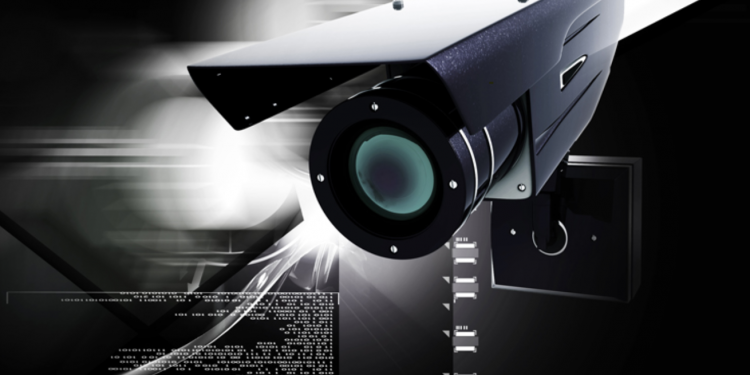Newer model CCTVs have night vision capabilities, which allow them to see even in low-light or nighttime conditions.
Here’s a lowdown of how night vision in CCTV works and how you can take full advantage of this useful feature.
What is Night Vision Mode?
The question you’re probably asking is, how do night vision CCTVs see in complete darkness? The answer is that they do so in three ways- infrared, thermal imaging and low-light methods.
Infrared
No longer exclusive to high-end security systems and military goggles, infrared has made its way to commercial camera systems. The way it works is when the lens senses motion the infrared light is activated and the device snaps an image.
Keep in mind that this mechanism is only triggered when motion is detected, which means you get power-saving benefits as well. Moreover, LED lights produce excellent black-and-white pictures and images.
Thermal Imaging
Thermal imaging focuses on a unique element- temperature. It’s a known fact that objects and bodies radiate heat and therefore infrared waves. The higher the temperature the stronger the energy.
The CCTV camera displays ‘hot’ objects clearly while leaving ‘cold’ ones out of the picture. Advanced devices can display colored images and detect ones that are far away.
Low-Light
Low light cameras use a form of image intensifier and maximizes all the available light source in the environment. Think of low light lens from the iPhone 11 and you’ll have it down pat.
Low light can produce clear images and are quite impressive. In some cases even the face of an individual can be easily identified.
Night vision CCTV cameras act as surveillance devices in a number of ways. You can use it to prevent theft, unauthorized entrance and activities that are hidden under the cover of darkness. They work great in home settings too as these cameras can ‘see’ 24/7.








